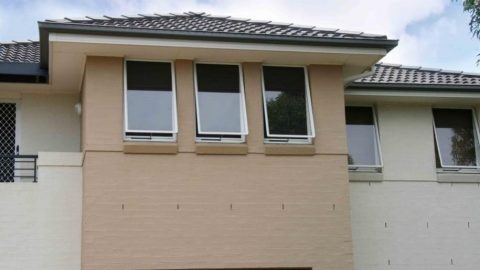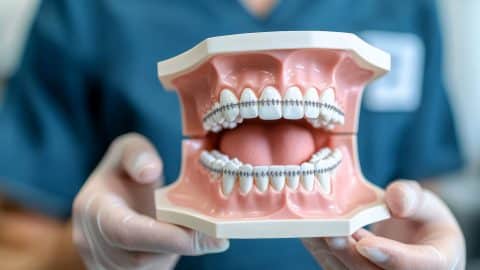Many older Australians want to ‘age in place’, in other words remain in their homes for as long as possible.
However, this can only happen if they stay healthy and live in a property that has been designed or modified with accessibility and safety in mind.
If you are currently in, or approaching, your golden years then now is a good time to audit your present situation.
This should involve making a commitment to eat healthily, exercise regularly and giving yourself the best chance of enjoying between 7 to 9 hours of sleep every night.
However, at the same time, you should take steps to ensure your home is as safe and accessible as it can be.
In this post, we’ll show you how to do just that through a range of relatively straightforward modifications.
What is an accessible home?
Essentially, an accessible home is one that makes it easy for older people and those with disabilities, in particular, who are in wheelchairs, to live in.
In large part, this involves making sure they can move about their property freely. But it is also about ensuring the home is as accommodating an environment for them as possible.
Many properties, such as specialist disability accommodation with Vertika, are purpose-built with safety and accessibility specifications in mind.
However, if you live in your own home, you may need to arrange for a tradie or builder or make these modifications for you. For some families, the best option is to start fresh with a knockdown rebuild in Melbourne, designing a brand-new home that incorporates accessibility and safety features from the ground up. Just make sure they have the necessary licenses and compare quotes from various companies before committing to hiring anyone.
Potential modifications you can make
Should your home not be as accessible as you would like it to be, then it is a good idea to make some changes to it. Here are some aspects you should consider.
Wheelchair/Stroller Accessibility
If you or a loved one use a mobility device like a wheelchair or stroller, one of the first things you should look at is how easy it is to move around their home.
Some things to consider doing are installing a ramp that leads into the property, increasing the width of doorways as required and rearranging furniture to make sure there is plenty of space for them to traverse.
Handrails
It is a sad fact that the older you age, the more potential risk there is of slipping or falling. This could occur through even the most routine of activities, such as going up or down the stairs, getting in or out of the shower or bath, or even standing up after using the toilet.
Therefore, it is a good idea to add handrails at various parts of your home to provide you with something to use as leverage to keep you steady on your feet.
Bathroom Modifications
While handrails in the bathroom are a must, there are some other modifications that should be considered, too.
Laying down non-slip pads in the bath tub or shower will go a long way towards making it easier to step in or out of either, without the risk of slipping on soapy water.
You might also want to add in a transfer bench or shower chair, which are plastic, waterproof apparatuses that can be sat on and are easy to move around with.
Stairlift
Stairs can be difficult to navigate as you get older, so if you live in a multi-storey dwelling, it might be a good idea to install a stairlift.
Doing this will make your home much more accessible as you will more easily be able to get up or down the stairs as regularly as you want.
Although stairlifts have been around for a while, the design and technology for these transport systems have really improved over the years.
Now they can be operated by smartphone and feature footrests, backrests, and in some cases, seat belts to ensure maximum levels of comfort and safety.
Remove Trip Hazards
One of the best ways to create a safe and accessible home is to remove any trip hazards that could potentially cause accidents.
Common things you might trip on in your home are rugs, loose carpet or lino, table legs or plants.
Just by decluttering your home and getting rid of items you don’t really need, you can significantly minimise the risk of injury that might be caused if you bump into them.
Lighting
As you get older, your eyesight starts to naturally deteriorate, which means you could struggle to see things clearly in conditions of low light.
For this reason, it is a good idea to add more lighting all throughout your home, especially in areas like bathrooms and stairways, where the improved visibility can significantly reduce the potential for accidents.
New Technologies
In recent times, a host of new technologies have been launched that have revolutionised the way seniors live.
These include anything from voice-activated smartphone devices that adjust the temperature or lighting and remind you to take medication to fall detection systems, medical alarms, and CCTV.
All of these can make your life easier if you take the opportunity to understand their benefits and install them in your home.














